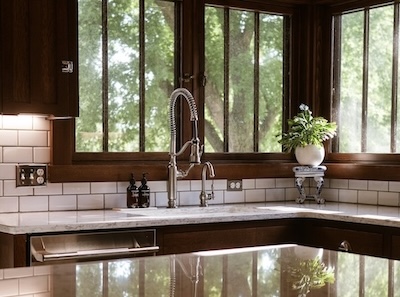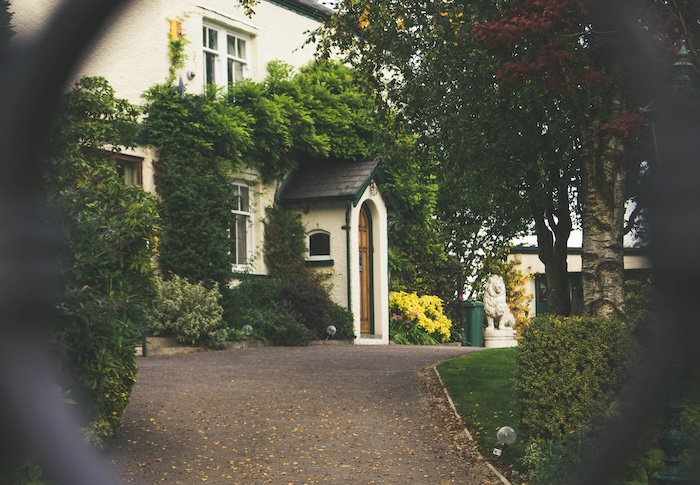Have you been trying to eat healthier lately? Maybe you’ve tried low carb eating plans, the forks over knives trend or even veganism. Whatever your motivation, we all know our bodies benefit from eating a wider range of fruits and vegetables and prioritizing plants over processed foods and those from animals. So often our food choices are dictated by our busy lives, with convenience taking precedence over nutrition. But what could be more convenient than food that’s ready to eat growing right outside your door?
If you’ve never experimented with growing food, it can seem daunting. Especially if you struggle to keep houseplants alive! But with a small amount of planning and some patience, you can turn the unused corner of your yard into a veritable produce section. A simple search on the internet will reveal countless raised bed kits you can order by mail as well as DIY plans for building your own in a couple hours on a weekend.
Select a Sunny Spot
Find a level area in your yard that gets at least six hours of sunlight per day. Decide how large you want to make your bed. A maximum width of four feet allows you to walk all the way around your bed without stepping inside and make use of standard lumber lengths. The width may depend on your space or the appearance you prefer—it could be four, eight, twelve or sixteen feet. If you don’t have a yard or space for a garden, you can fill pots and containers with food plants instead of flowers. Just make sure the containers are sturdy enough to support the full-sized plants.
Dig up the Dirt
If you’re building your bed in a spot where there’s currently grass or weeds growing, you’ll need to break up the soil down about half a foot down or lay landscape fabric on top to kill what’s growing. Once you’ve prepared the ground, install your kit or build your bed according to plans. You can pick up bagged soil from any garden center. Experts recommend a mix of top soil, organic material, compost and dry leaves or unfertilized grass. You can find soil recipes online to help you achieve the right balance.
Pick the Perfect Plants
Choosing the right plants for your garden is the next step. You can start with seeds if you have time and patience. Or you can visit a nursery to purchase small plants to give your garden a jump start. The Farmer’s Almanac website has a great garden planner tool to help you choose what to plant and design where to place your fruits and veggies for aesthetics and optimal growing.
Get Your Greens in the Ground
You can start putting plants in the ground once the threat of frost has passed for the season. Most tried and true gardeners will tell you Good Friday is the date they circle on the calendar. Make sure you read the labels for guidance on planting items at the correct depth and spacing them far enough apart. Cages and posts can help prop up tomato plants and keep cucumber vines from taking over. In our backyard garden, we’ve had great success with cherry tomatoes, cucumbers, squash, zucchini, bell peppers, eggplant, kale, cabbage, basil and other herbs.
Water, Weed and Enjoy
We spend less than an hour a week pulling weeds, pruning and propping up plants. Once your garden starts to produce a bounty, it is so rewarding. You’ll shift from planning meals around your schedule and what’s at the store to what’s ripe in your garden. So put on your gloves, grab a shovel and get outside so you can fill your plates with delicious, flavorful home-grown food!










